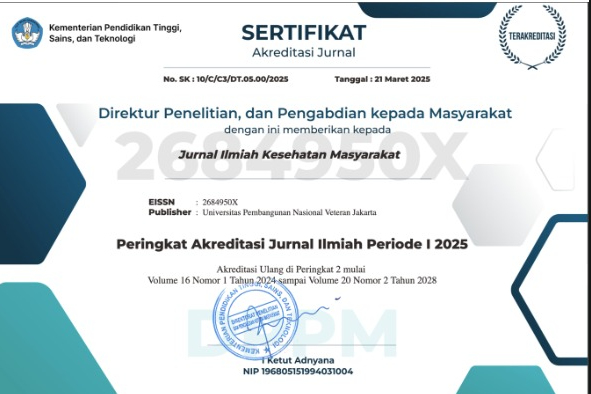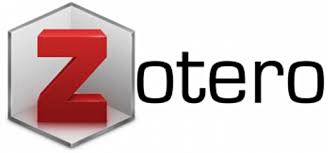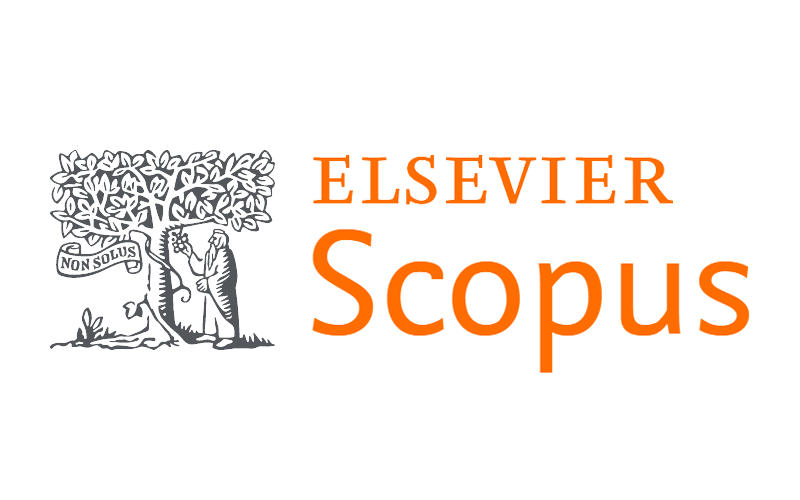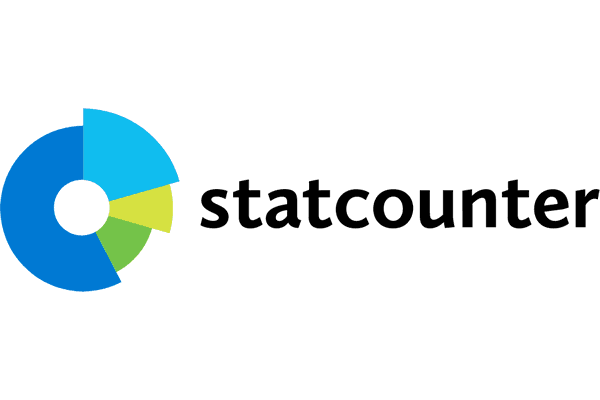Determinants of Occupational Fatigue and Work Accident History in Mechanical Heavy Equipment Workers at PT X site PT Z Samarinda
Abstract
Abstract
Background: Work fatigue is critical issue that needs to be addressed properly because it can lead to various problems such as loss of efficiency at work, decreased productivity and work capacity and has the potential to cause work accidents. The factors that cause fatigue vary widely, including awkward work postures, work periods, and hot work climates. Several cases of work accidents have occurred at PT X which are suspected to be due to work fatigue. This study aims to determine the relationship between work period, work posture and work climate with work fatigue and analyze the relationship with work accident history.
Method: A quantitative cross-sectional design study was conducted on 67 respondents (total sampling). The measuring instruments used consisted of questionnaires and QUESTemp 36 Heat Stress Monitor. Data were analyzed using the Spearman Rank test.
Result: A total 86.6% of participants experienced mild work fatigue and 41.8% of participants had experienced work accidents. Spearman Rank test shows work periods (p = 0.022), work postures (p = 0.021) were significantly related to work fatigue. Work climate (p = 0.139) was not related to work fatigue. Work fatigue (p=0.0004) is significantly related to work accident history.
Conclusion: Work periods and posture were significantly related to work fatigue. Work fatigue was related to work accidents. Control efforts are needed to reduce/overcome work fatigue experienced by workers (such as provide training on proper work posture and reducing workload) so that it does not trigger work accidents work fatigue does not occur.
References
Hutagalung VE. Kecelakaan Kerja yang Dialami Pekerja yang Sedang Dalam Keadaan Work From Home. Jurist-Diction. 2021;4(2):775. https://doi.org/10.20473/jd.v4i2.25789.
International Labor Organization. Meningkatkan Keselamatan dan Kesehatan Pekerja Muda. Kantor Perburuhan Internasional, CH- 1211 Geneva 22, Switzerland. 2022.
ICOH C. Sharing Solutions In Occupational Health Through And Beyond The Pandemic. 2022;1–48. 4. Ghasemi Noughabi, M., Sadeghi, A., Mohammadzadeh Moghaddam, A., & Jalili Qazizadeh, M. (2020). Fatigue Risk Management: Assessing and Ranking the Factors Affecting the Degree of Fatigue and Sleepiness of Heavy-Vehicle Drivers Using TOPSIS and Statistical Analyses. Iranian Journal of Science and Technology - Transactions of Civil Engineering, 44(4), 1345–1357.
Yamauchi, T., Sasaki, T., Takahashi, K., Umezaki, S., Takahashi, M., Yoshikawa, T., Suka, M., & Yanagisawa, H. (2019). Long working hours, sleep-related problems, and near-misses/injuries in industrial settings using a nationally representative sample of workers in Japan. PLoS ONE, 14(7). https://doi.org/10.1371/journal.pone.0219657.
Grech, M. R. (2016). Fatigue risk management: A maritime framework. International Journal of Environmental Research and Public Health, 13(2). https://doi.org/10.3390/ijerph13020175.
Innah M, Alwi MK, Gobel FA, Habo H. Faktor yang Berhubungan dengan Kelelahan Kerja pada Penjahit Pasar Sentral Bulukumba. Wind Public Heal J. 2021;2(1):59–69. https://doi.org/10.33096/woph.v2i1.123.
WorkSafe New Zealand. Risk factors, prevalence, and interventions to address workplace fatigue. Res Eval. 2021;(September).
Hijah NF, Setyaningsih Y, Jayanti S. Iklim Kerja, Postur Kerja, dan Masa Kerja Terhadap Kelelahan Kerja pada Pekerja Bengkel Las. J Penelit dan Pengemb Kesehat Masy Indones. 2021;2(1):11–6. https://doi.org/10.15294/jppkmi.v2i1.47282.
Sunaryo M, Nourma M. Gambaran Dan Pengendalian Iklim Kerja Dan Keluhan. MTPH J. 2020;4(2):171–80. https://doi.org/10.33086/mtphj.v4i2.1635.
Syuqinah B, Indah MF, Ishak NI. Determinants of Work Fatigue Among Technical Service Workers at PT. PLN in Tabalong Regency. J UNISKA [Internet]. 2020;6(2):114–24. Available from: http://eprints.uniska-bjm.ac.id/2613/3/Artikel Bita Syuqinah 16070232.pdf
Layuk S, Pesak E, Danial M. Relationship between Age, Working Period and Work Duration with Fatigue on Pedycab Drivers in North Kotamobagu District, North Sulawesi Indonesia. Int J Pharma Med Biol Sci. 2019;8(3):91–5. doi: 10.18178/ijpmbs.8.3.91-95.
Agustin N, Sariah. Hubungan Faktor Individu dengan Kelelahan Kerja pada Karyawan Di PT. Adhi Persada Gedung Bekasi Tahun 2018. J Persada Husada Indones [Internet]. 2018;5(19):18–30. Available from: http://jurnal.stikesphi.ac.id/index.php/kesehatan. https://doi.org/10.56014/jphi.v5i19.159.
Rudyarti E. Analisis hubungan stres kerja, umur, masa kerja dan iklim kerja dengan perasaan kelelahan kerja pada perawat. Semin Nas Kesehat Masy 2020 [Internet]. 2020;240–9.
Maulani HA, Sukismanto, Yuningrum H, Nugroho A. Shift Kerja dan Masa Kerja Terhadap Kelelahan Kerja pada Pengemudi Angkutan Batu Bara. J Penelit dan Pengemb Kesehat Masy Indones. 2020;1(1):48–53. https://doi.org/10.15294/jppkmi.v1i1.41423.
Nursafitrianadevi L. YM. SA. & MM. Hubungan Postur Kerja dan Status Gizi dengan Kelelahan Kerja di UMKM Keripik Tempe Sanan. Sport Sci Heal. 2024;6(1):88–100. doi: 10.17977/um062v6i12024p88-100
Cendana F, Masribut M, Candra L. Analisis Risiko Kelelahan Kerja Ditinjau Dengan Menggunakan Metode Rula Pada Pekerja Laundry Di Rumah Sakit Umum Daerah Kecamatan Mandau Tahun 2020. Media Kesmas (Public Heal Media). 2021;1(3):742–50. https://doi.org/10.25311/kesmas.Vol1.Iss3.124.
Latief AWL, Bahar SN, Maharja R, Rostati R, Irsyad M. Faktor yang Berhubungan dengan Kelelahan Kerja pada Petani. J Ilm Kesehat. 2022;4(1):146–54. DOI: 10.36590/jika.v4i1.240.
Yanti P, Allo AA. Hubungan antara Sikap Kerja dengan Kelelahan Kerja pada Tukang Jahit di Kecamatan Mentirotiku, Toraja Utara. J Din Kesehat Masy Hub. 2022;1(1):16–21.
Boekoesoe L, Prasetya E, Gyardani Samani G, Fikar Ahmad Z, Surya Indah Nurdin S. Faktor Risiko Yang Berhubungan Dengan Kelelahan Kerja Dengan Metode Fatigue Assessment Scale (Fas) Pada Pekerja Konstruksi. Jambura J Epidemiol [Internet]. 2021;3(1):18–26. DOI: 10.56796/jje.v2i1.21842.
Aminah RAS, Porusia M. Hubungan masa kerja, jenis kelamin dan iklim kerja dengan kelelahan kerja di PT Batik X. Holistik J Kesehat. 2024;18(5):652–9. https://doi.org/10.33024/hjk.v18i5.284.
Restuadi H, Suryati T, Dinaryati RS, Djupri DR. Hubungan Status Gizi Dan Iklim Kerja Dengan Tingkat Kelelahan Kerja. J Lang Heal [Internet]. 2024;5(1):31–8. Available from: http://jurnal.globalhealthsciencegroup.com/index.php/JLH. https://doi.org/10.37287/jlh.v5i1.2773.
Pratama FD, Harianto F, Aulady MFN. Hubungan Kelelahan Kerja dengan Kecelakaan Kerja pada Proyek Pembangunan Gedung di Surabaya. J Tek Sipil ITP. 2024;11:70–6. https://doi.org/10.21063/jts.2024.V1101.070-76.
Aulia, Aladin, Tjendera M. Hubungan Kelelahan Kerja dengan Kejadian Kecelakaan Kerja pada Pekerja Galangan Kapal. J Kesmas Gizi. 2018;1(1):168–168. https://doi.org/10.35451/jkg.v1i1.106.
Charisma R, Mandagi P, Sondakh RC, Maddusa S, Kesehatan F, Universitas M, et al. Hubungan Kelelahan Kerja dengan Kejadian Kecelakaan Kerja di PT. Putra Karangetang Desa Popontolen Kabupaten Minahasa Selatan. J KESMAS. 2022;11(4):28–34.


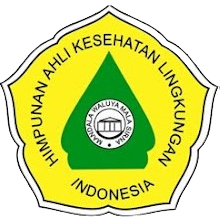



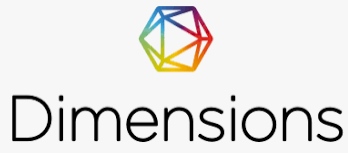


.jpg)
